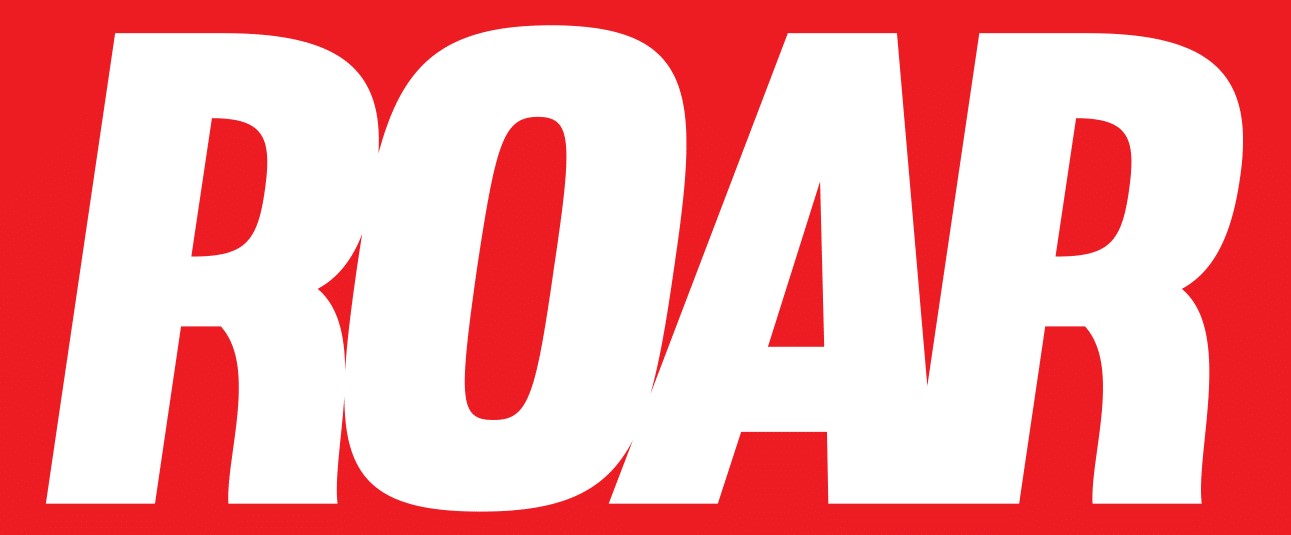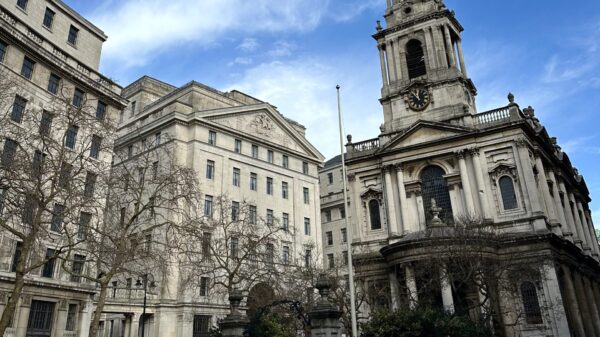Roar writer Justine Noble on Canada’s historical mistreatment of its indigenous people and how the country is moving forward today.
Every year, on the 1st of July, Canadians celebrate Canada Day, marking their independence from the British under the Canada Act in 1982 though the country became self-governing in 1867. Typically, Canada Day is filled with parades, barbeques, “O Canada”, and fireworks. This year, however, it looked very different, not just because of the Coronavirus pandemic, but for an even darker reason.
Much like how United States patriotism surrounding holidays such as Columbus Day and the 4th of July has been dampened by the country’s troublesome history of Native American expulsion and African American enslavement, Canadian nationalism is being stamped out by thousands thanks to the uncovering in May of 215 unmarked graves of Indigenous children who had been students at Kamloops Indian Residential School, Canada’s largest residential school. This discovery was made by the Tk’emlúps te Secwépemc First Nation. Open from 1890 to 1969, the Kamloops school housed 500 Indigenous students at a time, many hundreds of kilometres away from their homes. As national honour was replaced with national horror, calls for continued searches for Indigenous unmarked graves echoed throughout the country.
According to BBC, in the months following this discovery, several other unmarked gravesites have been located – 1,100 to be exact. As more graves are found, a growing number of Canadian First Nations are launching investigations into the deaths of the students, forcing all Canadians to come face to face with the country’s dark history of residential schools that has often been swept under the rug.
So what were Canada’s residential schools? Residential schools, a cornerstone of the government’s policy of forced assimilation of the indigenous First Nations, were state-run boarding schools opened between 1874 and 1996. Throughout their existence, Canada’s more than 130 residential schools were home to 150,000 children seized from their families in order to relinquish their native languages for English or French and their religion for Christianity.
The role of residential schools in religious conversation is indicative of the large role Chirstian churches played in their establishment. The Indian Residential School Survivors Society is holding the Roman Catholic Church accountable for running as many as 70% of the schools. In the words of Perry Bellegarde, former National Chief of the Assembly of First Nations, “It was our government’s policy to ‘get rid of the Indian’ in the child…It was a breakdown of the self, the breakdown of family, community and nation.”
What is more alarming than the efforts of residential schools to eradicate First Nation culture and traditions, is the abuse that took place behind their doors. According to the monumental Truth and Reconciliation (TRC) report released in 2015, residential schools largely neglected the wellbeing of their students while churches and the government had their eyes wide open. As stated by the report’s authors, “Government, church and school officials were well aware of these failures and their impact on student health…If the question is, ‘who knew what when?’ the clear answer is: ‘Everyone in authority at any point in the system’s history’”.
The report additionally highlighted the badly constructed, ill heated, and unhygienic nature of the buildings in which students lived, as well as an absence of trained medical staff. Such neglect can be attributed to the government’s mission to spend as little money as possible. Stephanie Scott, executive director of the National Centre for Truth and Reconciliation, said “We have records in our archives of school administrations arguing with the Indian affairs government at the time about who was going to pay for the funerals of students. They would do it all at minimal expense.”Â
On top of this, students were subject to discipline so severe that many residential school students didn’t survive. While physical and sexual abuse drove some students to escape, others died of disease or by accident due to neglect. All the way up until 1945, students at residential schools were five times more likely to die than other students in Canada. By the 1960s, this number had only dropped to two.
Where some survivors remembered children being thrown into mass graves, others recounted infants, who had been fathered by priests at the school, being thrown into furnaces at birth. The vast majority of children who died at residential schools were buried in the neglected graves that are now being uncovered all across Canada. The number of children who died, their causes of death, and the location of their graves remaining unclear. While the TRC has so far verified 3,200 deaths, former TRC chair Murray Sinclair estimates the true number of deaths is closer to 6,000.
The sickening extent of the abuse that took place at residential so-called schools is becoming clearer as the summer progresses. The Cowessess First Nation in the province of Saskatchewan disclosed its discovery of an estimated 751 unmarked graves in June close to what used to be Marieval Indian Residential School open from 1899 to 1997. However, it is important to note that Cowessess Chief Cadmus Delorme has underscored that the unmarked graves uncovered should not be mistaken for a mass grave, alluding to the possibility of the Catholic Church removing grave markers in the 1960s.
While Cowessess leaders are yet to ascertain if all uncovered graves are those of former students as an investigation to confirm numbers proceeds, any number close to their initial estimation demonstrates the scale of tragedy. Only one week later, even more graves, 182 to be exact, were discovered by the Lower Kootenay Band in British Columbia near the former St Eugene’s Mission School, run by the Catholic church from 1912 until the early 1970s. Not long ago in mid-July, 160 more graves were discovered in BC by the Penelakut Tribe close by what was the Kuper Island Residential School. Evidently, abuse in residential schools was not isolated to any one culprit, school, or region of the country. Abuse in residential schools was a systemic issue, taking place on an exorbitant scale all throughout Canada.
After we process the shock, horror, and grief that comes with events like this, we have the responsibility to answer one question: What now? So far, Canadian Prime Minister Justin Trudeau visited the Cowessess First Nation and labeled the treatment of children at residential schools “shameful” along with the “legacy of intergenerational trauma” it has left behind. In addition, Scott, Chief Bellegarde, and other Indigenous leaders have demanded the government search all 130 former school grounds for further unmarked graves.
While Ms Scott acknowledged “Trudeau has been willing to move on this”, she noted “he’s got a lot of words, but we really need to see action.” Canadians have additionally re-asked the Catholic Church for an official apology for their operation of residential schools, much like those issued by the United, Anglican and Presbyterian churches in the 1980s and 1990s. Human Rights Watch and the United Nations have also released statements.Â
However, there is still far more to be done. To begin, while it is just that many Canada Day celebrations were cancelled this year, this is not a realistic expectation for the future. Perhaps, in light of the discoveries made around Canada Day this summer, the holiday can become both a day on which Canadians celebrate their best moments as a country, and reflect on their worst. Since it is mostly white Canadians of British and French heritage that Canada Day celebrates, it is high time First Nation Canadians are given a platform with which to educate others about what they have experienced throughout history. It’s time we ask ourselves – who do we want to celebrate in history? Arguably Sir John Macdonald, Canada’s first prime minister who enabled the founding of the residential school system in 1883, does not have to be plastered all over street signs and highways anymore.Â
Moreover, we have to ask ourselves the hard question: why is it now that this shockwave is running through Canada? Why is it now that the opportunity to educate is arising? How many graves would have been enough for people to care? Arguably, the Canadian school curriculum, as well as any other curriculum featuring the history of Canada, needs to start teaching about the experience of the country’s indigenous people. At the same time, we also have to be careful to not overlook everyday hardships Indigenous communities still face today. First Nations still struggle heavily with alcoholism, drug abuse, and mental illness. This is not a coincidence, but the result of systemic oppression and a failure to remedy historic atrocities. We cannot miss the forest for the trees.Â
Finally, we must remember that this is not about pointing the finger. While it is right for Estee Fresco, Assistant Professor of Communication Studies at York University in Toronto, to question how we can cheer for Canada at the Olympics in light of recent events, it is important to remember that the United States had residential schools too; that the treatment of Indigenous populations by colonising nations all over the world was just as horrific. Hopefully, if Canada begins to right their wrongs, the global attention they have received this summer can show the world how to begin healing from its colonial past.Â








